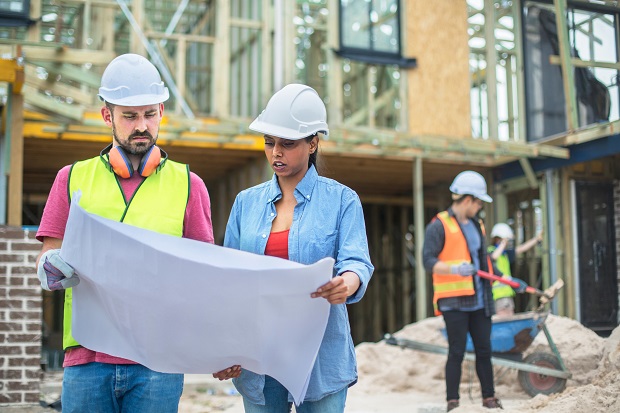Upcoming recession requires New Deal-level response

White House economic advisers are warning that as a result of the coronavirus (COVID-19) pandemic, unemployment may rise to levels we have not seen since the Great Depression.
Economic adviser to the White House Kevin Hassett explained Sunday on ABC’s talk show “This Week” that “during the Great Recession, we lost 8.7 million jobs in the whole thing. Now, we are losing that many every 10 days.”
This unprecedented problem should encourage us to look to history and analyze what got America through similar tough times.
We cannot sacrifice thousands of lives in exchange for economic stability, but that doesn’t mean that we can’t recover economically from this crisis once it is safe to go out and work again.
In the 1930s when the markets threw the American public into poverty, it was the economic reforms of the New Deal that came to the rescue. We should revamp these policies and rely on them once again to get us through this crisis.
Once it is safe to work, the U.S. government should mobilize to rebuild our nation’s infrastructure, similar to former President Franklin D. Roosevelt’s New Deal of the 1930s.
A large portion of the New Deal was investments in public works. These programs gave many Americans good-paying jobs and had the added benefit of improving America’s infrastructure.
Roosevelt implemented the Public Works Administration, which paid private contractors to build roads, bridges, canals, sewer systems, schools and hospitals. In its 10-year lifespan, it spent over $6 billion (about $92 billion in today’s dollars) on building 34,000 public-works projects, including 70 percent of the nation’s new school buildings. The Works Progress Administration, which directly hired over 3 million people at its peak, carried out similar goals with a similar budget.
The jobs created by programs like the Public Works Administration and other New Deal-era programs resulted in unemployment dropping to 6-7 percent by the time the U.S. entered World War II in 1941.
Today, America is once again in need of rebuilding its infrastructure. The American Society of Civil Engineers (ASCE) released a report card in 2017 of infrastructure in the country and gave the nation a rating of D+. The ASCE came to this grading due to a lack of funding for infrastructure as well as a lack of public safety, resilience and the capacity to meet further demands. The ASCE report said that 9.1 percent of America’s bridges were “structurally deficient,” while 17 percent of our nation’s dams had “high risk potential.”
Congress has not passed any meaningful infrastructure legislation since the publication of this report card. This makes clear that infrastructure investments could provide the jobs needed to get out of this upcoming economic crisis.
These public works projects will not only give Americans good-paying jobs, but will also improve our economy for decades to come. Businesses decades in the future will be able to rely on the infrastructure we create, boosting economic activity.
These jobs will also give workers more expendable income to spend in the economy, which will help us to more quickly recover.
The “Blueprint to Rebuild America’s Infrastructure” plan released by Senate Democrats in early 2017 addressed many of these issues with an investment of $980 billion, including $100 billion to rebuild roads and bridges and $75 billion to rebuild public schools.
Much of the money would go to federal programs already in charge of public lands and buildings, while other portions will go directly to places like airports to improve their facilities.
In a time where Congress is cutting checks to many industries and bailing out huge sectors of the economy, this is an investment we can afford. Like the past two stimulus packages, these temporary programs could easily be financed with debt. They will give people jobs in the short term while investing in long-term infrastructure that will pay dividends down the road.
A stronger economy will then lead to higher revenue from income and business taxes, allowing us to pay back this debt when things recover.
If the worst estimates of unemployment come to pass, it is imperative that the U.S. government not only provide its people with the resources they need to survive but also give opportunities to get them back to work once the crisis subsides.
Jared Sellick is a senior majoring in political science.







